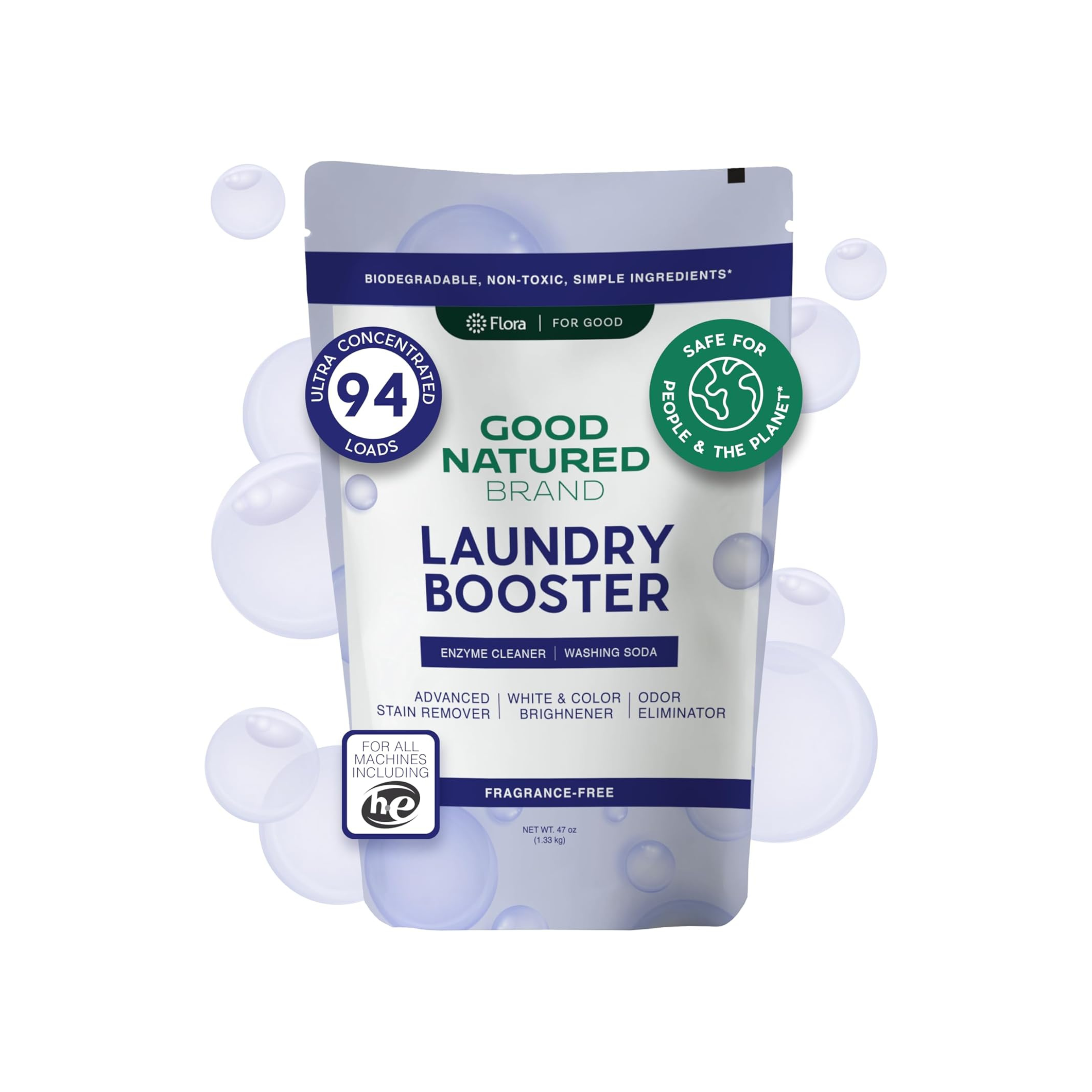If you’ve ever caught your dog eyeing your dinner plate, you might wonder: can dogs taste spice? Humans love the thrill of spicy foods—from chili peppers to black pepper—but our furry companions don’t share the same taste experience. Dogs can technically detect some flavors, but their perception of spice is far different from ours. In fact, feeding your dog spicy food can cause more discomfort than pleasure.
In this guide, we’ll break down exactly how dogs experience spice, what happens if they eat spicy foods, and which seasonings are safe versus harmful.
How Do Dogs Taste Food Compared to Humans
To understand can dogs taste spice, we first need to look at how their sense of taste works. Humans have about 9,000 taste buds, while dogs have only around 1,700. This means dogs experience flavors far less intensely than we do.
Dogs can recognize five basic taste sensations: sweet, sour, salty, bitter, and umami. However, their taste buds for spice are underdeveloped. Unlike humans, they don’t truly “taste” hot peppers or chili powder as flavor—they mainly experience the irritation and burning sensation caused by compounds like capsaicin.
What makes dogs unique is that while their sense of taste is weaker, their sense of smell is incredibly powerful—tens of thousands of times stronger than ours. This means your dog’s food preferences are guided more by aroma than by taste. When you see your pup sniffing at your curry or taco, it’s the smell of the spices that intrigues them, not the actual spicy flavor.
Can Dogs Taste Spicy Food or Just Feel the Heat
Here’s where things get interesting. When people ask can dogs taste spice, what they’re often wondering is whether dogs enjoy or recognize the heat in spicy foods the way we do. The reality is that dogs don’t taste spice as a flavor—they feel it as discomfort.
Capsaicin, the compound in chili peppers, triggers nerve endings in the mouth and throat. In humans, this creates the “hot” sensation we describe as spiciness. For dogs, however, this sensation is just painful and irritating. Instead of savoring the complexity of spice, they’re more likely to drool, paw at their face, or try to drink water to relieve the burning.
So while dogs might technically detect the presence of spice, their reaction isn’t enjoyment—it’s discomfort.
Why Do People Ask Can Dogs Taste Spice
The question can dogs taste spice often comes up for a few reasons:
-
Sharing meals: Many owners are tempted to share bits of their food, including dishes seasoned with spices.
-
Accidental snacking: Curious dogs sometimes steal food off counters or plates.
-
General curiosity: Pet parents simply want to know how different dogs are from humans when it comes to taste.
Unfortunately, what seems like harmless curiosity can become a health issue if a dog consumes spicy foods. While not always toxic, spicy meals can lead to stomach upset, diarrhea, or more serious digestive problems.
What Happens if Dogs Eat Spicy Food
If your dog manages to eat spicy food, their body responds very differently than yours. Common reactions include:
-
Excessive drooling from oral irritation.
-
Watery eyes and sneezing from strong spice exposure.
-
Panting and restlessness as they try to cool down.
-
Stomach upset such as gas, diarrhea, or vomiting.
-
Loss of appetite due to lingering discomfort.
In severe cases, dogs can develop gastritis (inflammation of the stomach lining) or dehydration if diarrhea persists.
It’s worth noting that dogs don’t connect taste to experience the way humans do. While we might avoid or crave certain flavors, dogs are more opportunistic eaters. If your dog ate spicy food once, they may try it again—so prevention is key.
Can Dogs Taste Different Types of Spices
Not all spices are created equal. Some are simply irritating, while others are downright toxic for dogs. Let’s explore how dogs might react to different spices:
-
Chili peppers and hot sauce: Contain capsaicin, which causes burning sensations and stomach upset. Unsafe for dogs.
-
Black pepper: Causes sneezing, coughing, and possible digestive irritation. Not recommended.
-
Cinnamon: Small amounts may be tolerated, but large quantities can cause liver issues and low blood sugar.
-
Nutmeg: Toxic to dogs in moderate to high amounts—can cause tremors, hallucinations, and seizures.
-
Ginger: Small amounts may help with nausea in dogs, but only under veterinary guidance.
-
Herbs like parsley, basil, or oregano: Usually safe in moderation and sometimes used in dog-friendly recipes.
The key takeaway: just because a spice is safe for humans doesn’t mean it’s safe—or pleasant—for dogs.
The Difference Between Dogs Tasting Spice and Smelling Spice
When pet parents wonder can dogs taste spice, they’re often observing their dog’s reaction to strong-smelling foods. Dogs’ noses dominate their eating experience far more than their tongues. A pinch of black pepper or chili powder may make your dog sneeze simply from the scent, long before they taste it.
This distinction is important: while their taste buds may not fully register “spicy” flavors, their olfactory system (smell) is sensitive enough to detect and react to spices instantly. That’s why dogs often avoid bowls with strong-smelling seasonings or, conversely, try to lick them out of curiosity.
Keeping your dog safe means minimizing exposure to both the smell and taste of unsafe spices. Wiping down counters with pet-safe All-Purpose Cleaners, vacuuming food particles with the help of Carpet Deodorizers, and washing any food-stained linens with Laundry Powders helps reduce risk and temptation.
Safe vs Unsafe Spices for Dogs
To summarize, here’s a quick breakdown:
Safe (in tiny amounts):
-
Turmeric (sometimes used in dog supplements for inflammation).
-
Cinnamon (in small doses only).
-
Parsley (fresh breath and vitamins).
-
Ginger (may soothe mild nausea).
Unsafe or Toxic:
-
Chili powder and cayenne pepper (cause pain and digestive upset).
-
Black pepper (respiratory and digestive irritation).
-
Onion powder and garlic powder (toxic, damage red blood cells).
-
Nutmeg (causes neurological issues).
Whenever in doubt, avoid giving spices altogether. Dogs don’t benefit from them the way humans do, and the risks usually outweigh the rewards.
Is It Dangerous to Let Dogs Taste Spice
Allowing dogs to taste spice might seem harmless, especially if it’s just a small nibble of your food. However, dogs’ bodies aren’t designed to process spicy seasonings. Even small amounts of chili, black pepper, or other hot spices can cause discomfort and digestive upset.
The primary danger isn’t that spice is a “flavor” dogs enjoy—it’s that their digestive systems react poorly. Spices like onion powder, garlic powder, nutmeg, and chili peppers can even be toxic, leading to more severe issues. While the occasional lick might not be life-threatening, it’s still best to avoid exposing your dog to spicy foods altogether.
Myths About Dogs and Spicy Food
There are plenty of misconceptions around the question can dogs taste spice. Let’s clear up a few:
-
Myth: Dogs like spicy flavors. In reality, dogs don’t experience spice as flavor—they feel it as irritation.
-
Myth: Spices make dogs healthier. While certain herbs like turmeric or parsley may provide benefits, spicy seasonings generally don’t.
-
Myth: Dogs will avoid spicy food if it bothers them. Dogs are opportunistic eaters. They may consume spicy food out of curiosity, even if it causes discomfort afterward.
The truth is simple: dogs don’t need spicy food in their diet, and offering it only increases the risk of health issues.
What To Do If Your Dog Eats Spicy Food
If your dog sneaks a bite of spicy food, don’t panic. Most cases result in mild discomfort, but knowing how to respond is important.
-
Provide water: Encourage your dog to drink fresh, clean water. Avoid milk, as many dogs are lactose intolerant.
-
Watch for symptoms: Keep an eye out for drooling, whining, vomiting, or diarrhea.
-
Avoid home remedies: Don’t give human medications or remedies without vet approval.
-
Call your vet: If symptoms persist or your dog has eaten a large amount, contact your veterinarian.
Creating a safe environment at home is just as important. Spilled foods should be wiped up immediately with All-Purpose Cleaners, and floors refreshed with Carpet Deodorizers to keep your pet from sniffing out leftovers. For linens or tablecloths exposed to spices, wash them using Laundry Powders to eliminate residues that could tempt your pup.
Can Dogs Taste Spice in Dog Food or Treats
Commercial dog foods are carefully formulated without spicy seasonings. While humans crave complexity in flavors, dogs don’t need or benefit from spice. Instead, their food may include dog-safe herbs for digestion or added nutrients.
Some natural dog treats may contain mild herbs like parsley or turmeric, which are safe in moderation. But you’ll never find reputable dog food brands adding chili, pepper, or hot spices. This is because dogs simply don’t need that type of flavor enhancement, and it can cause more harm than good.
So when asking can dogs taste spice in dog food, the answer is no—because responsible pet food companies don’t include unsafe spices in their recipes.
How to Prevent Dogs from Eating Spicy Food at Home
Since dogs are opportunistic eaters, prevention is the best protection. Here are a few strategies to keep your dog away from spices:
-
Keep food out of reach: Don’t leave plates or leftovers where dogs can grab them.
-
Teach “leave it”: Training your dog to leave food on command can prevent accidental spice exposure.
-
Clean quickly: Use All-Purpose Cleaners to wipe down counters and tables where spicy food was prepared.
-
Maintain clean spaces: Refresh carpets with Carpet Deodorizers and launder any food-soiled fabrics with Laundry Powders to remove scents that may attract dogs.
These small steps go a long way in keeping your home safe, hygienic, and dog-friendly.
FAQs About Can Dogs Taste Spice
Can dogs taste spice like chili the same way humans do?
No. Dogs feel the burn from chili as irritation, not as flavor enjoyment.
Can dogs taste black pepper?
Black pepper may cause sneezing and stomach upset; it should be avoided.
What spices are safe for dogs to taste in small amounts?
Turmeric, parsley, ginger, and cinnamon are considered safe in very small amounts, but always consult your vet.
Can dogs taste cinnamon without harm?
Yes, in small quantities. Too much can cause low blood sugar or liver issues.
Why should spicy snacks be avoided for dogs?
Because they don’t provide nutritional benefits and can cause digestive upset, irritation, or even toxicity depending on the spice.
Final Thoughts Can Dogs Taste Spice Safely
So, can dogs taste spice? Yes, but not in the same way humans do. Dogs don’t enjoy spice as flavor—it often causes pain, discomfort, and digestive issues. While a few herbs can be safe and beneficial in moderation, most spicy foods should be avoided entirely.
The best way to care for your dog is to stick to safe, balanced nutrition and keep spicy foods out of reach. At the same time, maintaining a clean and pet-friendly home environment reduces the chance of accidental spice exposure. Using Carpet Deodorizers, Laundry Powders, and All-Purpose Cleaners can help protect your pet by eliminating tempting smells and keeping shared spaces fresh.
If you’d like to dive deeper into pet wellness, eco-friendly cleaning, and safe home care, explore more tips on the Good Natured Brand Blog or browse our Good Natured Brand website for pet-safe solutions.


















